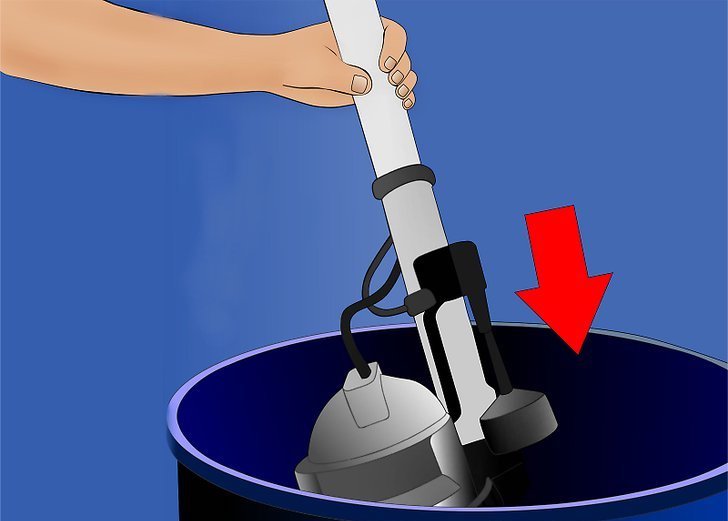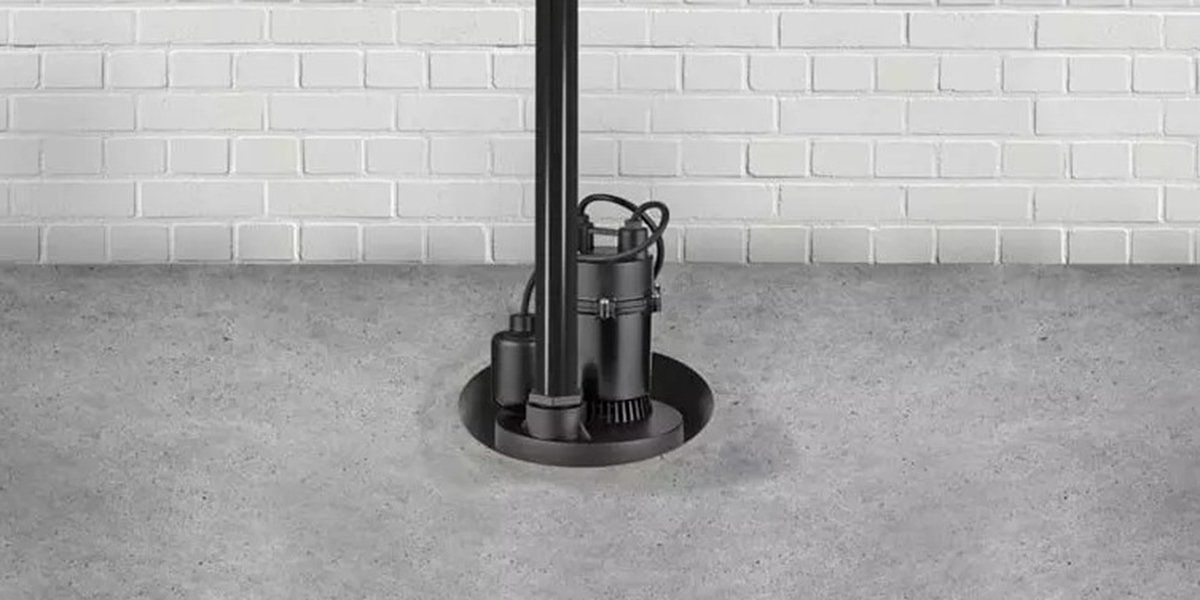Everyone is bound to have their own unique theory involving Steps to Cleaning Your Sump Pump Properly.

Sump pumps are critical components in several homes, especially in areas prone to flooding or too much wetness. They assist prevent water damages by effectively removing excess water from basements or crawl spaces. Nevertheless, like any other home appliance, sump pumps need routine maintenance to guarantee they work efficiently when required the most. Cleaning your sump pump is a vital part of its maintenance, and understanding exactly how to do it correctly can conserve you from costly repairs and prospective calamities.
Introduction
Preserving a tidy sump pump is important for its correct performance and longevity. Ignoring this important task can bring about obstructions, malfunctions, and eventually, water damage to your building. For that reason, discovering exactly how to cleanse a sump pump is critical for home owners that rely upon these tools to maintain their cellars completely dry and secured.
Indications of a Dirty Sump Pump
Understanding when your sump pump needs cleaning is critical for preventing possible breakdowns. Some common signs that show a filthy sump pump include weird sounds during procedure, minimized water flow, and noticeable debris in the pit. If you see any one of these symptoms, it's vital to clean your sump pump without delay to prevent any kind of additional problems.
Preparing for Cleansing
Prior to you start cleansing your sump pump, it's important to take some safety precautions. Start by shutting off the power to the pump to stay clear of any type of electrical crashes. In addition, wear ideal safety equipment, such as handwear covers and safety glasses, to secure on your own from dirt, particles, and prospective microorganisms.
Comprehending the Sump Pump
Before diving into the cleaning process, it's vital to have a fundamental understanding of exactly how a sump pump functions. Normally set up in a pit or container below the cellar flooring, a sump pump includes a number of crucial components, consisting of a pump, a float switch, and a discharge pipe. When water collects in the pit, the float button activates the pump, which then pumps the water out via the discharge pipe, away from the structure's foundation.
Detailed Overview to Cleaning a Sump Pump
Turning off the Power
Begin by separating the power supply to the sump pump to avoid any crashes while cleaning.
Checking for Correct Performance
Prior to re-installing the pump, do a quick examination to make sure that the float button turns on the pump appropriately. Put some water into the sump pit and observe the pump's operation. If whatever is working correctly, you can reconstruct the pump and reconnect the power supply.
Getting Rid Of Particles and Dust
Utilize a pail or a scoop to eliminate any noticeable particles, dust, or sediment from the sump pit. Dispose of the particles properly to prevent it from obstructing the pump or the discharge pipeline.
Cleansing the Pump and Float Switch
When the pit is free from debris, carefully eliminate the pump from the pit. Check the pump and the float switch for any type of indicators of damage or wear. Make use of a soft brush or towel to clean up the surfaces and eliminate any type of collected gunk.
Purging the System
After cleaning up the pump and float switch, purge the sump pit with tidy water to get rid of any kind of staying dust or sediment. This will certainly assist ensure that the pump operates smoothly and efficiently.
Maintenance Tips to Keep Your Sump Pump Clean
In addition to periodic cleaning, there are several maintenance suggestions you can comply with to keep your sump pump in optimal condition:
Verdict
Cleaning your sump pump is an important aspect of its upkeep and guarantees that it operates efficiently when you require it one of the most. By complying with the actions described in this overview and incorporating routine maintenance into your regimen, you can prolong the life-span of your sump pump and protect your home from water damages.
How to Clean a Sump Pump
Steps to Clean a Sump Pump
After checking to make sure your sump pump is off, disconnect the pump from the discharge pipe. Wrap your pump in plastic to prevent drips and carry it outside. Using your garden hose, rinse off any dirt or sludge from the surface of the pump. A plastic scraper or putty knife may be necessary to clean out the sump pump and remove caked-on debris. Leave it in a safe place to dry. Drain any standing water from your sump pit using a shop vac. If you have a check valve that can be disassembled, carefully disassemble it and allow any water to drain out of your check valve first, then remove it. Rinse the valve thoroughly with water, then dry and reassemble it. Once thoroughly dry, reattach your pump to the discharge pipe. Plug your unit back in. You’re all done! https://www.mrrooter.com/about/blog/2019/april/how-to-clean-a-sump-pump/

Do you appreciate reading about Cleaning & Maintenance Tips for Your Home's Sump Pump? Make a remark below. We will be glad to find out your reactions about this entry. We are looking forward to see you back again in the near future. Do you know about somebody who is interested in the topic? Take a moment to share it. Many thanks for your time spent reading it.
Visit My Website